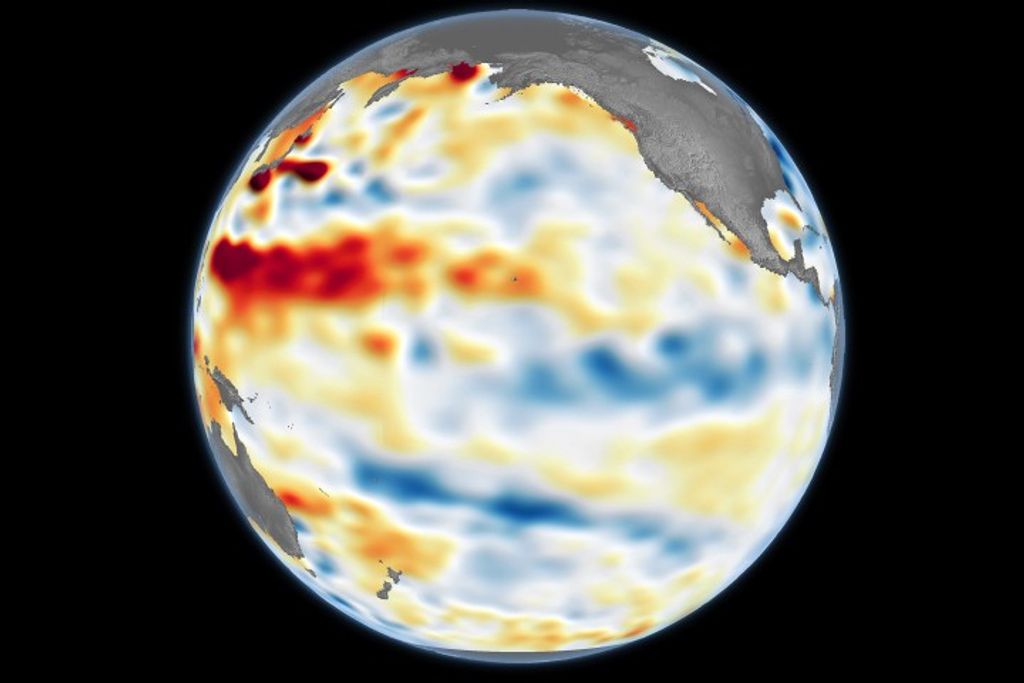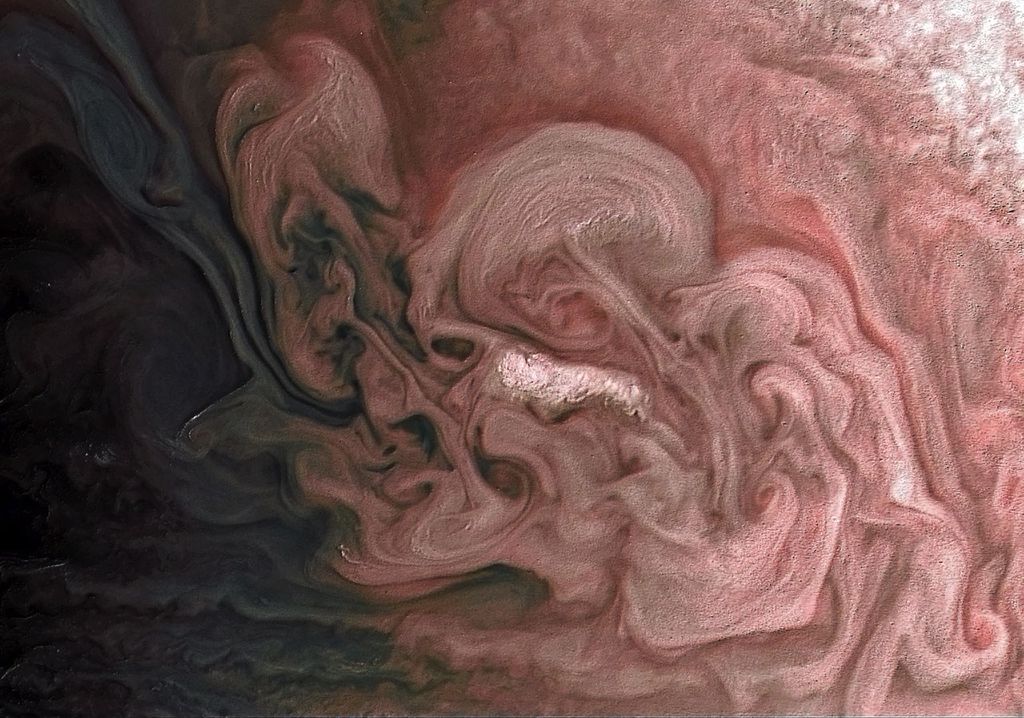1 min read
Supernova 1994I in the Whirlpool Galaxy (M51)

NASA's Hubble Space Telescope has returned the most detailed images ever of supernova 1994I which is in the "Whirlpool Galaxy" (M51) located 20 million light-years away in the constellation Canes Venatici.
The view in this picture encompasses the inner region of the galaxy's grand spiral disk, which extends all the way to the bright nucleus.
An arrow points to the location of the supernova, which lies approximately 2,000 light-years from the nucleus. The supernova appears to be superposed on a diffuse background of starlight. The Hubble Space Telescope was also used to measure the spectrum of the supernova in the ultraviolet light, which can be used to analyze the chemical composition and the motion of the gas ejected in the explosion.
A supernova is a violent stellar explosion which destroys a star, while ejecting the products of nuclear burning into the gas between stars. The energy for some supernova explosions comes from the collapse of a massive star to a compact neutron star, with the mass of the Sun, but the size of a city. Elements out of which the Earth is formed had their origin in ancient supernova explosions in our own Milky Way Galaxy.
This supernova was discovered on April 2, 1994 by amateur astronomers and has been the target of investigations by astronomers using ground-based optical and radio telescopes and NASA's International Ultraviolet Explorer satellite. Because a supernova explosion is a billion times as bright as a star like the Sun, they can be seen to great distances and may prove useful in charting the size of the universe. These previous observations show that SN 1994I is a very unusual supernova, called "Type Ic," for which very few examples have been studied carefully. The ultraviolet observations made with HST will help astronomers understand what type of stellar explosion led to supernova 1994I.
Further observations of SN 1994I with the Hubble Space Telescope will be able to see more deeply into the interior of the exploded star, as it ages. Although the supernova is now 10 times dimmer than when it was discovered, HST will be able to observe the light from SN 1994I well into 1995, when it is impossible to observe from the ground. This will allow astronomers to probe the chemical composition of the debris and to learn more about the type of star that exploded.
The HST image was taken with the Wide Field Planetary Camera on May 12, 1994.
About the Object
- R.A. PositionR.A. PositionRight ascension – analogous to longitude – is one component of an object's position.13h 29m 52.36s
- Dec. PositionDec. PositionDeclination – analogous to latitude – is one component of an object's position.47° 11' 40.8"
- Object NameObject NameA name or catalog number that astronomers use to identify an astronomical object.M51, NGC 5194, SN 1994I
- Release DateMay 19, 1994
- Science ReleaseHubble Observes the Supernova in the Whirlpool Galaxy
- CreditRobert P. Kirshner/Harvard-Smithsonian Center for Astrophysics, NASA
Share
Details
Claire Andreoli
NASA’s Goddard Space Flight Center
Greenbelt, Maryland
claire.andreoli@nasa.gov






























